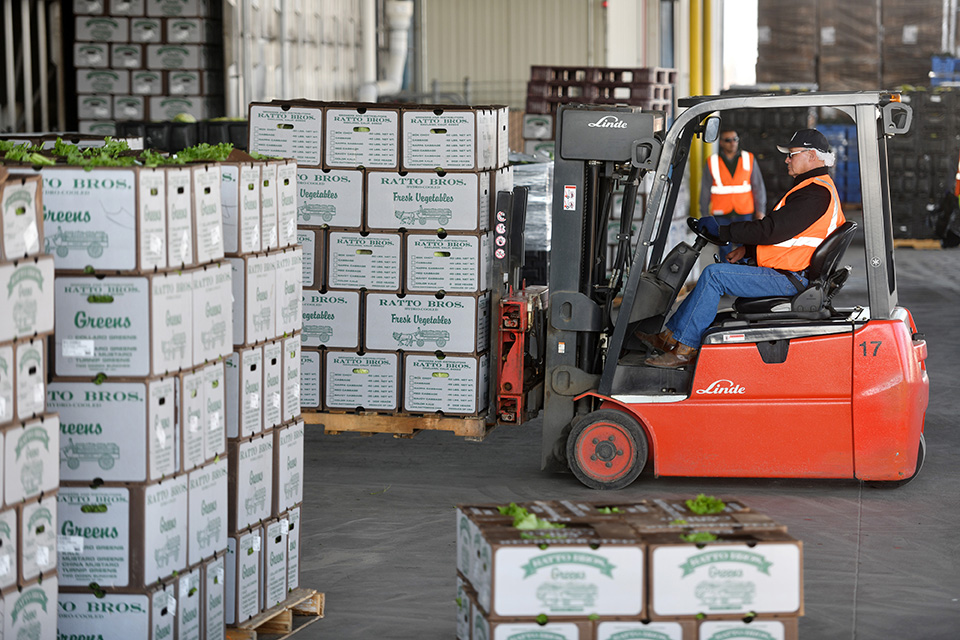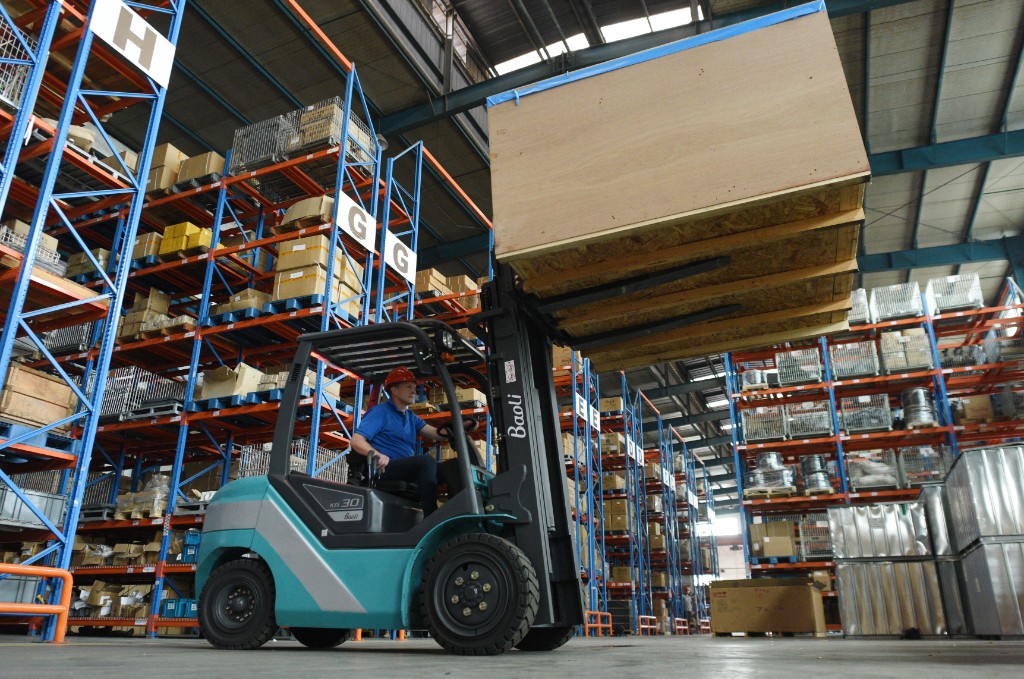Statistics from the Occupational Safety and Health Administration (OSHA) indicate that approximately 34,900 forklift injuries occur every year. A number of factors contribute to accidents, including equipment and operator error. To reduce the risk of injury, it is crucial that operators understand the dangers asociated with improper operation of a forklift.
In honor of National Forklift Safety Day on June 12, KION North America urges facility managers to stress the importance of safe forklift operation throughout their facilities. Here are five essential elements of forklift safety that your company must put into practice.
Complete the required training
Only employees who have received proper training and certification can legally operate a forklift. Operators who fail to complete the necessary training have an increased risk of injury to themselves and those around them. Allowing an employee without the proper certification to handle a forklift can result in tens of thousands of dollars in fines for the employer.
OSHA’s training program entails practical training and a workplace performance evaluation. Additionally, OSHA requires that operators are evaluated every three years. An operator must meet OSHA’s training course requirements to continue operating a forklift.
Perform regular checkups
To maximize forklift safety, operators should perform routine inspections of their equipment. Items to check include seat belts, tires, lights, brakes, backup alarms, fluid levels and the forks. Any issues with equipment should be reported to a supervisor, and the forklift should immediately be removed from service.
Stay aware of surroundings
While operating the equipment, operators should be aware of their surroundings as well as worksite rules and guidelines. Carefully observe signs for maximum permitted floor loadings and clearance heights. Operators should also pay attention to the height of the load when entering and exiting the warehouse.
In regards to pedestrians, it’s important that operators slow down when approaching heavily-populated areas, such as intersections, corners, and stairways.
Maintain load stability
One of the leading causes of forklift-related injuries is tip-over, which can occur when a forklift carries an unstable load. Operators should ensure loads are completely balanced and secured on the forks before operating to prevent tip-overs.
Operators should also keep the load low to the ground to increase safety. When traveling on ramps and grades, the load should point up the incline regardless of the direction of travel.
Store forklifts properly
After a shift has ended, it’s important for each operator to park the forklift in its designated, authorized area. The forks should be fully lowered to the ground, and the parking brake should be applied. Finally, the forklift should be turned off, and the key should be removed from the ignition and stored in the proper place.
Proper operation of forklifts and other material handling equipment is essential to the safety of your warehouse. Let National Forklift Safety Day serve as a reminder to practice these and other elements of forklift safety year-round.
At KION North America, warehouse safety is a top priority. That’s why we provide facility managers with outstanding forklift models leading the way in efficiency and safety. Contact your local authorized dealer today to find the best forklift for your material handling needs.



